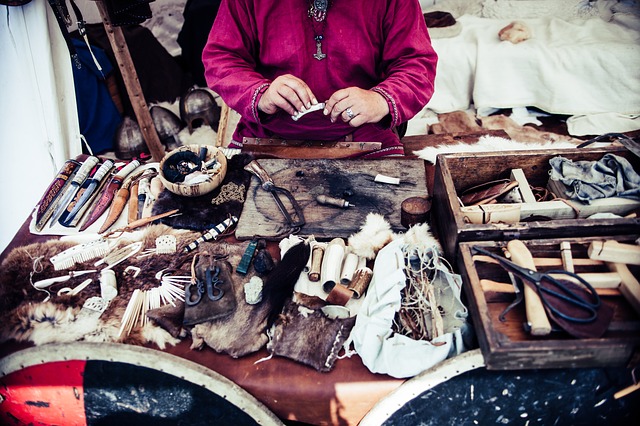Nomadic Native Americans roamed the New Smyrna Beach area for 10,000 years before the arrival of Europeans. The first European visitation was during the Spanish Colonial Period from 1565-1763, when missionaries were sent to convert the Indians to Catholicism. The British acquired Eastern Florida in 1764.
Then, New Smyrna Beach became the site of the largest single attempt at a colonial settlement in the United States. Scottish physician and entrepreneur Dr. Andrew Turnbull obtained a land grant from the British Crown, and in 1768 established a colony of 1225 and coastal plantations yielding corn, indigo, hemp and cotton. Turnbull’s colonists, plagued by disease, fled to St. Augustine in 1777. The Spanish reclaimed Florida in 1784, but they had difficulty maintaining control of the area, and the United States established the territory of Florida in 1821.
In the following 20 years, several large plantations in the area which is now New Smyrna produced sugar, but those plantations were attacked and destroyed during the Seminole War which ended in 1842. Resettlement began after the Civil War, and with a population of 150, New Smyrna was born. Flagler’s Railway spurred the economy which was based on tourism, citrus and commercial fishing. In 1920, population reached 2492 and the principal areas of business were Canal and Faulkner streets. During Prohibition, also in the 1920s, the city and its river islands were popular sites for moonshine stills and hideouts for rum-runners who came from the Bahamas through what is now Ponce de Leon Inlet. After the Great Depression, the area did not recover until after WWII and the city of New Smyrna Beach was incorporated in 1947.
Today, New Smyrna Beach is a charming beachside town with over 20,000 permanent residents.

